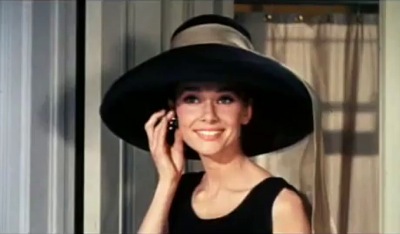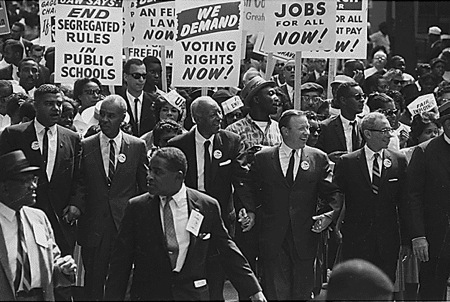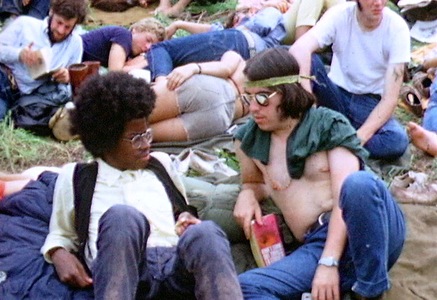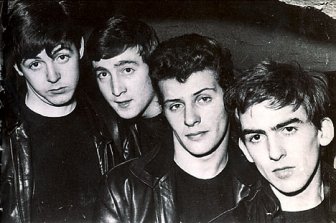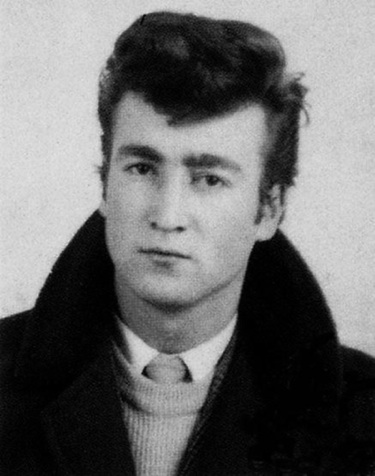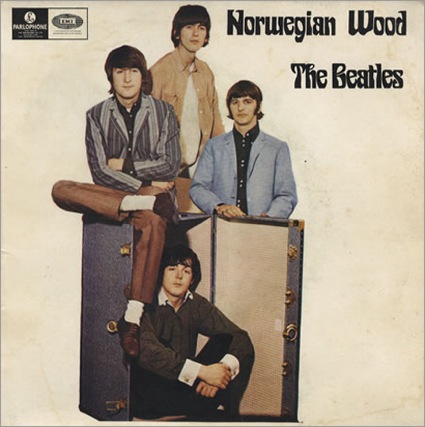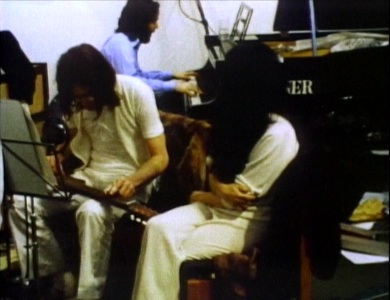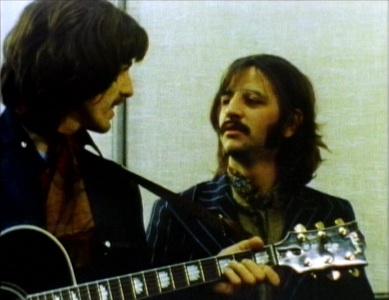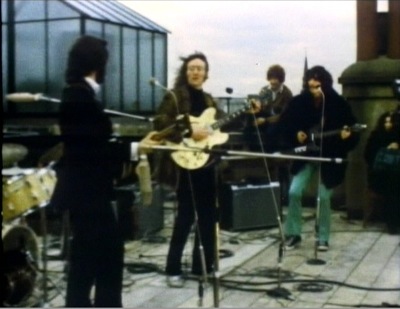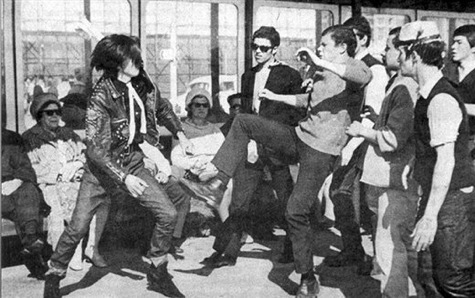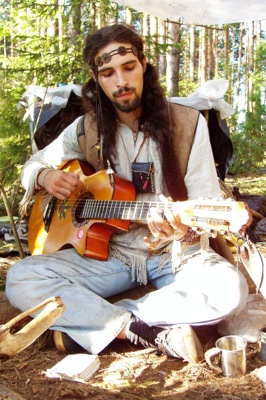|
1960s Fashion
1960s fashion was much less sexualized than the fashion of the previous decade. Despite this decade's reputation as hedonism's heyday, the style of the sixties was more Zodiac
1960s fashion can be neatly divided into two different waves. The first, which ran until 1966, might be called the "modern" wave. After 1966, youth began to take over and set their own dress norms, with predictably disastrous results. While the first wave reigned, women like Jackie Kennedy and Audrey Hepburn were admired. Politicians wore ties, regardless of the weather. Hat use among men was in sharp decline, but the style was far more formal than the cliche of "1960s fashion." The youth wave saw a number of regrettable styles come to the fore, including but not limited to bell bottoms, velvet suits and fringed vests. These were primarily a result of the hippie movement's increased popularity.
Photo by Derek Redmond and Paul Campbell. The Beatles serve as a great object lesson in this. Before fame, members of the Beatles dressed a bit like American rebels, in motorcycle jackets and black shirts. John Lennon even dressed as a teddy boy when he was about 22:
Early in their succes, the Beatles dressed in suits with skinny ties. Despite their "mop tops," this look was fairly formal, and it helped them become icons. By 1966, though, they were wearing...whatever this is:
When Let It Be
Mods and Rockers
In 1960s Britain, several youth subcultures flourished. The most famous of these were the mods and rockers. Rockers took their fashion cues from American movies like The Wild One Mods favored trendy, "hyper-cool" styles, a bit like the hipsters of today. While male mods favored a well-dressed, dandyish style, female mods tended towards androgynous dress and short haircuts. The Vespa was their transportation of choice. The Kinks parodied this style in their song "Dedicated Follower of Fashion": Occasionally, mods and rockers would get into fights. Mod vs. rocker riots in 1964 led to a moral panic fuelled by the media. Hippies
The word "hippie" originally referred to a new generation of beatniks in San Francisco, who moved from North Beach to the Haight-Ashbury district. The word, and the style, gained popularity through the 1967 "Summer of Love" and the Woodstock festival in 1969. Hippies lived, or aspired to live, according to their own designs, not those of society. This did not always lead to a better life, as can be seen in books like The Electric Kool-Aid Acid Test The hippie aesthetic borrowed liberally from traditional gypsy dress and psychedelic art. It was not a dress style that helped one get a job; that was sort of the point. Hippies prided themselves on their alienation from society, since they were trying to create a new, better social order. Many people who would not call themselves "hippies" nevertheless adopted elements of that style of dress. The hippie aesthetic bled over into the mainstream throughout the 1970s, until the intervention of punk and new wave. Predecessors to PunkBeginning in the mid-60s, Andy Warhol attracted and groomed a group of fellow artists, models and hangers-on at "The Factory," a large building in Manhattan which served as his studio. One of Warhol's projects was a new band called The Velvet Underground: This music was nihilistic, brutal and dark. Its members dressed in all black––very unusual back then––and were not affiliated psychedelia or the hippie movement. Their songs discussed drug dealing, deviant sex and artifice––very far from the "magic carpet ride"-type lyrics of other bands. Related Reading: Beatnik Fashion - Get the Beatnik Look Return to Enjoy Your Style's vintage style section. Return to Enjoy Your Style's home page. Search Enjoy Your Style:
|





